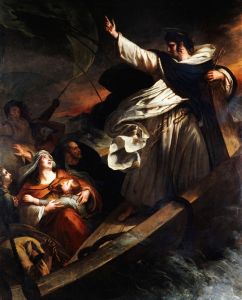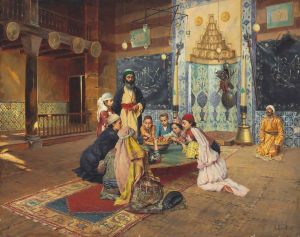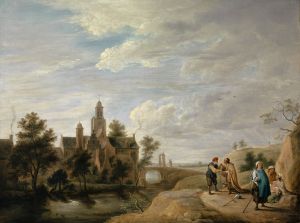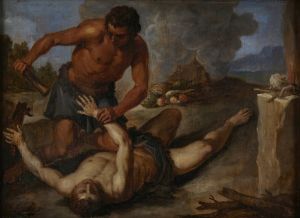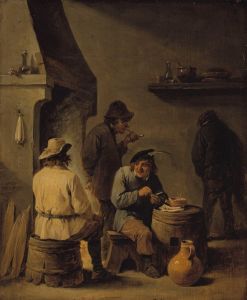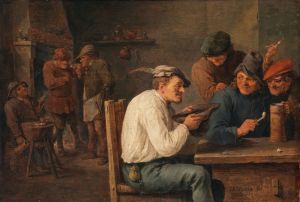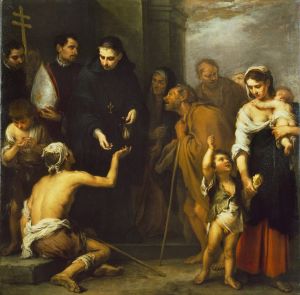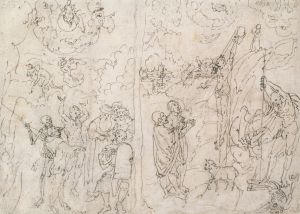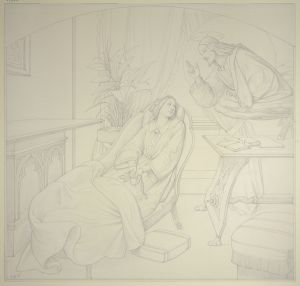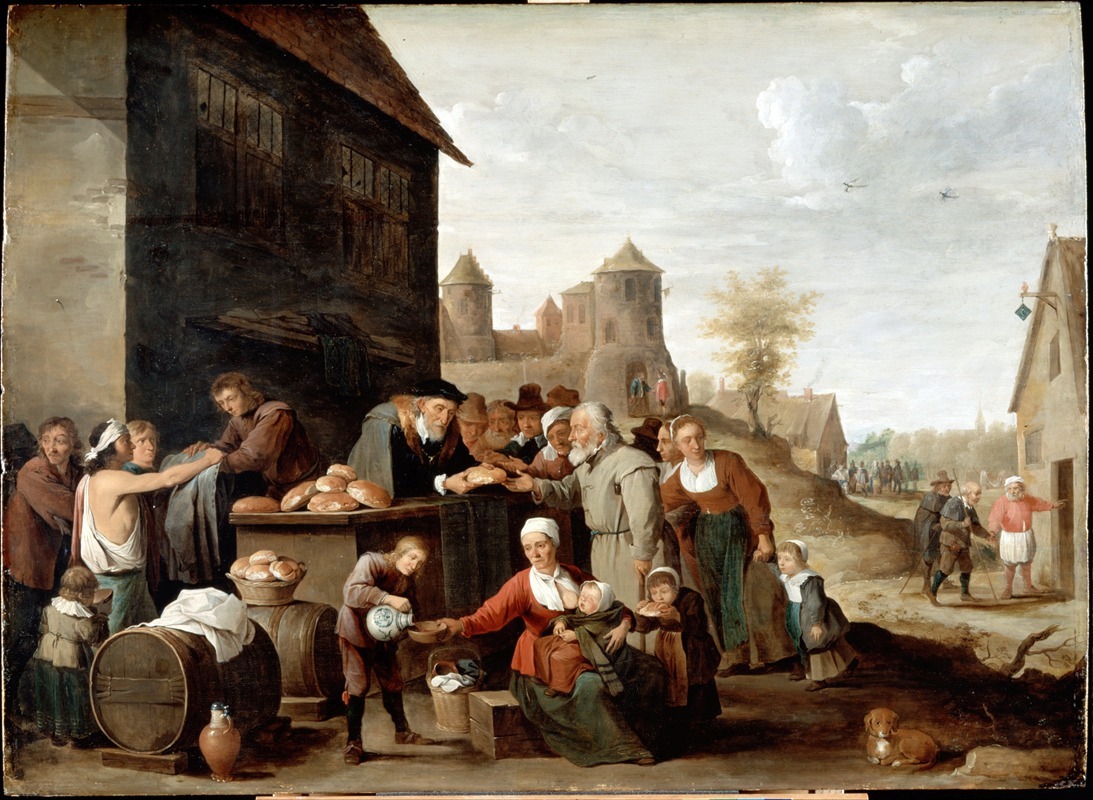
The Seven Corporal Works of Mercy
A hand-painted replica of David Teniers The Younger’s masterpiece The Seven Corporal Works of Mercy, meticulously crafted by professional artists to capture the true essence of the original. Each piece is created with museum-quality canvas and rare mineral pigments, carefully painted by experienced artists with delicate brushstrokes and rich, layered colors to perfectly recreate the texture of the original artwork. Unlike machine-printed reproductions, this hand-painted version brings the painting to life, infused with the artist’s emotions and skill in every stroke. Whether for personal collection or home decoration, it instantly elevates the artistic atmosphere of any space.
"The Seven Corporal Works of Mercy" is a painting by David Teniers the Younger, a prominent Flemish Baroque artist known for his genre scenes, landscapes, and depictions of peasant life. Born in Antwerp in 1610, Teniers was the son of David Teniers the Elder, also a painter, and he became one of the leading artists of his time, gaining significant recognition and patronage.
This particular painting, "The Seven Corporal Works of Mercy," is an exemplary piece that reflects Teniers' skill in capturing detailed and lively scenes. The work is based on the Christian tradition of the seven corporal works of mercy, which are acts of kindness and charity directed towards the physical needs of others. These acts are derived from the teachings of Jesus Christ and are enumerated in the Gospel of Matthew (25:35-36) and other parts of the New Testament. They include feeding the hungry, giving drink to the thirsty, clothing the naked, sheltering the homeless, visiting the sick, visiting the imprisoned, and burying the dead.
In Teniers' painting, each of these acts is depicted in a series of vignettes, often set within a bustling village or town scene. The artist's attention to detail and his ability to convey the human condition with empathy and realism are evident in the way he portrays the various figures engaged in these acts of mercy. The composition is typically lively, with a multitude of characters and activities that draw the viewer's eye across the canvas, inviting them to explore each act of kindness in turn.
Teniers' use of color, light, and shadow enhances the narrative quality of the painting, creating a sense of depth and movement. His palette often includes warm, earthy tones that add to the overall sense of humanity and warmth in the scenes. The figures are rendered with a keen eye for detail, capturing the textures of their clothing, the expressions on their faces, and the interactions between them.
"The Seven Corporal Works of Mercy" not only serves as a visual representation of these important Christian teachings but also reflects the social and cultural context of 17th-century Flanders. During this period, there was a strong emphasis on charity and community support, partly influenced by the Catholic Church's teachings and the Counter-Reformation's focus on piety and good works.
David Teniers the Younger's ability to blend moral and religious themes with everyday life scenes made his work accessible and relatable to a broad audience. His paintings were highly sought after by collectors and patrons, including members of the European nobility and clergy. Teniers' reputation as a master painter was further solidified by his appointment as court painter to Archduke Leopold Wilhelm of Austria, the governor of the Spanish Netherlands, and his role as the director of the Antwerp Academy.
Overall, "The Seven Corporal Works of Mercy" stands as a testament to David Teniers the Younger's artistic talent and his ability to convey complex themes through engaging and detailed compositions. The painting remains an important example of Flemish Baroque art and continues to be appreciated for its historical and artistic significance.





